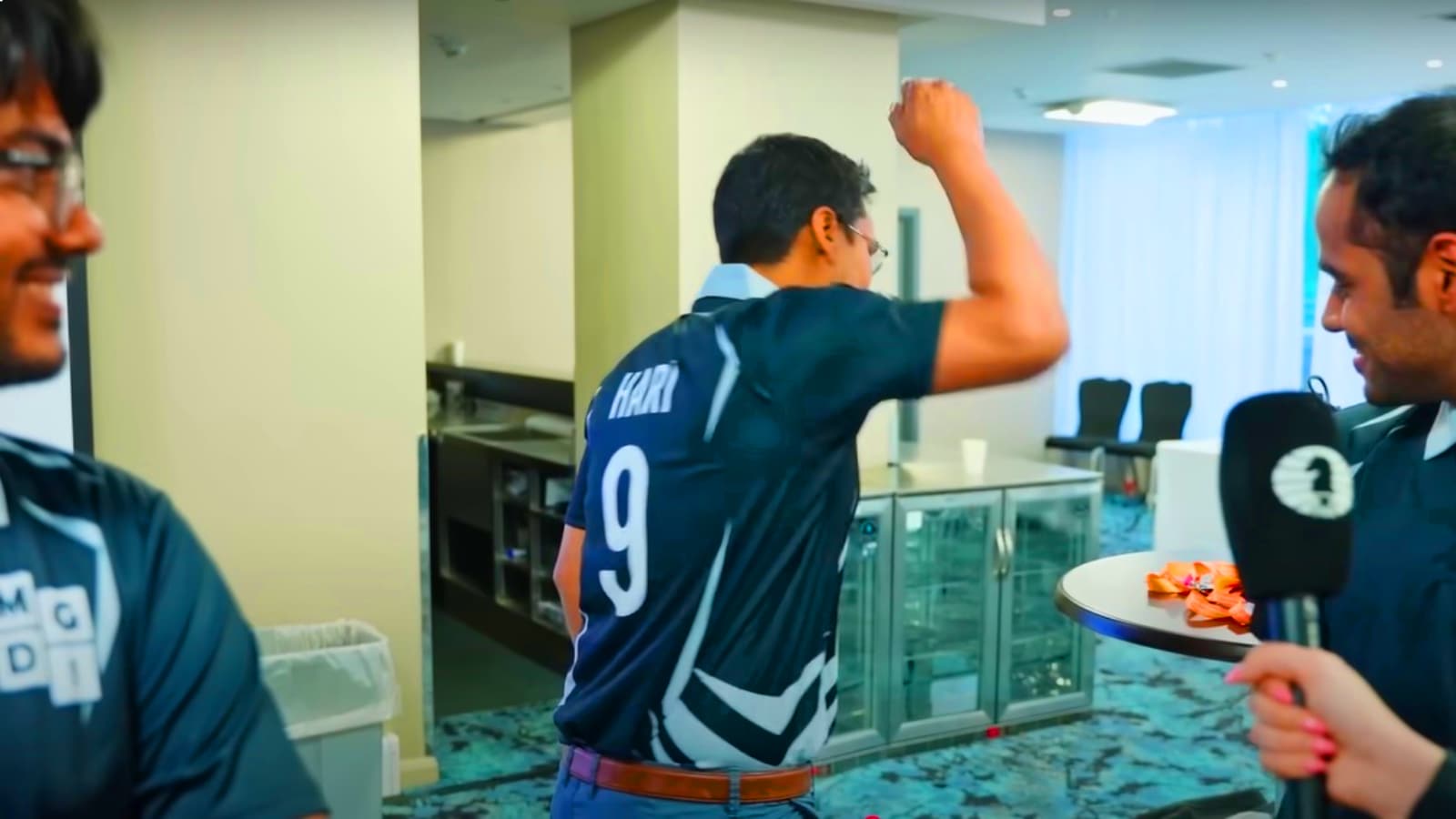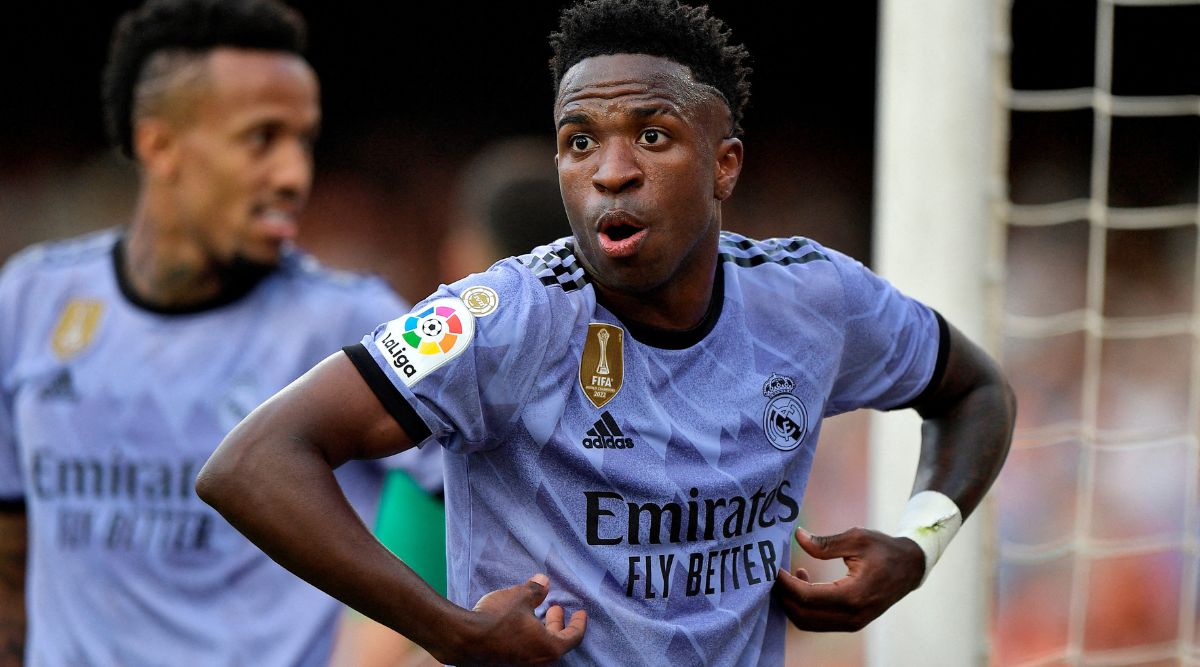ARTICLE AD BOX
Two years ago, Yatin Sarbalia and his then nine-year-old son Aarav embarked on a unique Euro trip. In a three-month phase, the father and son duo traversed country lines, going from Spain to France to Hungary before finally ending in Norway then flying back to India. Unlike a sightseeing tour of traditional European delights, this was a chess trip. Aarav had flown to Europe with his chess rating around 1400, and when he came back, it had touched 2000 after playing in five tournaments.
This year, Aarav, now 11 and holding the title of a FIDE Master, has already been on two Europe trips, playing events in Graz (Austria) and Cannes (France) on the first trip in February before playing in three back-to-back events in Munich in May-June. He will soon be back, to play in another three-four tournaments in France next month.
Aarav is not the only one. At the Norway Chess Open event — held in Stavanger a few kilometers away from the Norway Chess tournament — IM Savitha Shri and 11-year-old Woman FIDE Master Charvi Anilkumar are among the 16 Indian players competing. These players are paying from their own pocket for travel, food and living expenses in an expensive country like Norway for very specific reasons: some are chasing norms, some are in the hunt for rating points, some are seeking experience against GM-level opponents and others are trying to bring their rating up to match their strength.
Trips like these by budding Indian chess stars are becoming increasingly frequent since the pandemic with players going abroad and playing in back-to-back tournaments before returning home to refuel and then flying back again.
So why are Indian youngsters taking so many trips to Europe?
As Kushager Krishnater, an IM who has worked with the likes of Arjun Erigaisi and Vidit Gujarathi in the past and is currently helping players of varying strengths, points out: “European players, as compared to Indians, have an inflated rating. This is because they have a lesser number of players and more tournaments. So more than their rating being inflated, it’s Indians whose ratings are deflated (they do not accurately represent how good the player really is in strength).”
These Euro trips, for many players, are a way to correct that rating deflation which they cannot in India. This is exactly what happened to Aarav in 2023.
Story continues below this ad
Kushager says that travelling abroad to chase norms or ratings started to catch on in India about 15 years ago. But only a few players could afford it then. Around 2015-16, it became common among players rated above 2100. But since COVID, it has become so commonplace that right now, players in the 1700-1800 bracket are also doing it.
The basic tenet of these trips is simple: plan one European trip in such a way that you can play two-three events while living on a shoestring budget, finding cheapest accommodations and taking buses. If you do this four or five times a year, you end up playing 12-15 tournaments.
“At this point, chess in India, in my opinion, doesn’t exist professionally. If you want to become a professional player, you would only play in India if you don’t have the funds to play abroad. If you are someone looking to become one of the best, or let’s say you are trying to become an IM or GM at a young age, you would not even think of playing in India, maybe except national tournaments,” says Kushager.
 India’s Charvi Anilkumar at the Norway Chess Open tournament. (Express Photo)
India’s Charvi Anilkumar at the Norway Chess Open tournament. (Express Photo)
“If you look at the junior list of India, off the top of my head, I can recall maybe the one-odd player, who still plays in India. But that is also due to lack of funds, not because he doesn’t want to play in Europe. Basically, there are no Indian kids who play in India anymore, if they have a choice.”
Story continues below this ad
These days there are websites that — for a small annual subscription fee — give you a detailed list of tournaments around the world that may not even make it to the FIDE website’s elaborate tournament calendar. There are also “tour organisers” who help take budding norm seekers on specific events in Europe.
There are two popular “tours” that players can play in: the Catalan Circuit which has four back-to-back tournaments in Barcelona in July-August (Barbera Del Valles Open, XXV International Open Sant Martí, 49th International Chess Open “Vila de Sitges” and 49th Open Internacional “Ciutat de Badalona” 2025) and the Czech Tour (Prague Open, Marienbad Open, Pilsen Open, CZECH OPEN Pardubice, Summer Prague Open 2025, Olomouc Chess Summer 2025).
“10 years ago, the Catalan Circuit used to be the OG spot for playing European events, because you get to go in one city, rent one apartment for a long couple of months and play,” says Kushager. “Even now, you will still find at least 50 Indians playing these events in Europe, who are rated anywhere between 1700 to 2200, just to increase their rating.”
UAE has also become a hotspot for Indians because for around Rs one lakh you could play in two back-to-back events. But events in UAE used to be so overrun with Indian players — at last year’s Abu Dhabi Masters, for example, there were 85 Indians among 217 contenders — that organisers are now putting caps on Indians.
Story continues below this ad
Kushager says that players have started to wisen up. About a decade back, a trip to Europe meant playing in cities like Budapest, Belgrade or in Spain. It was rare at that point to find too many Indians there. But once others found out about it, these tournaments too would have plenty of Indians signing up, which meant Indians were again running into plenty of compatriots, and their ratings deflation problem persisted. Then players started to look for outposts in Europe where there wouldn’t be too many Indians. Playing events in the USA would also solve the problem, but getting visas for the USA can be tricky business.
What has been the most refreshing is the maturity with which players like 11-year-old Aarav and their parents are chasing their goals.
“For us, these tournaments are an opportunity to improve by playing stronger players. We don’t have specific things like norms in mind,” says Aarav’s father Yatin. “We don’t have expectations of norm in mind because that puts insane pressure on kids. If Aarav gains strength, norms will be easily achieved anyway.”



.png)
.png)
.png)

























 English (US) ·
English (US) ·